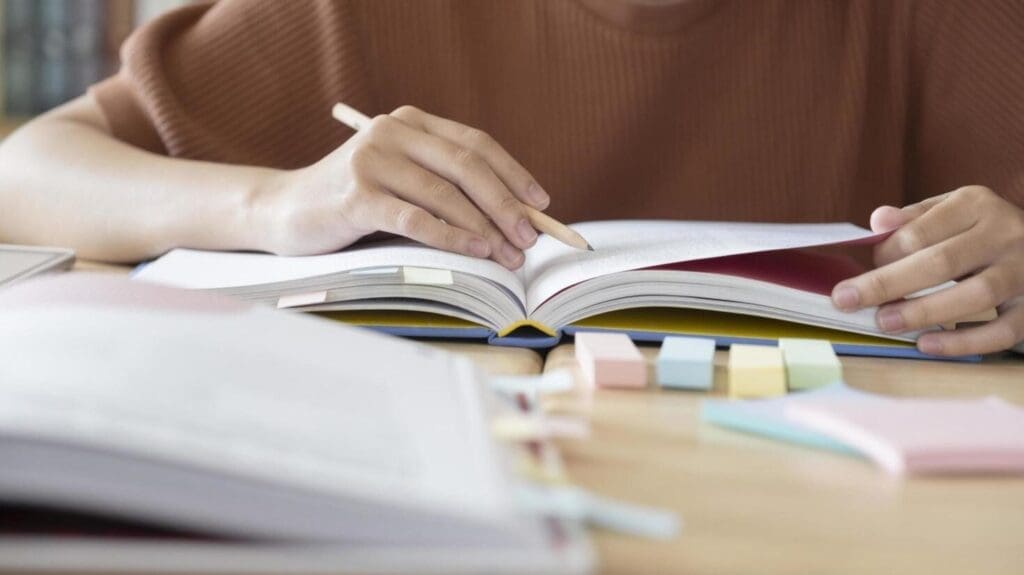Introduction to Effective Teaching Strategies

Effective teaching strategies are super important in education, acting as the backbone for effective learning. Effective teaching strategies include various techniques and methods that teachers can use to make lessons more engaging and boost students’ academic success. Good, effective teaching strategies really matter; they not only shape how quality lessons are but also influence how motivated and involved students feel during class.
A key job for any educator is creating a welcoming atmosphere where engagement thrives and skills develop. Smart teaching tactics play an essential role in making these outcomes happen. By mixing different approaches like cooperative learning, personalized instruction, and ongoing assessments, teachers can cater to each student’s unique needs—this way boosting interaction and understanding among learners. Tailoring these methods helps keep kids interested so they’re eager to take part actively in their own education.
Plus, using various teaching styles allows educators to grab attention while addressing the different ways students learn best. This blend prevents distractions and fosters a conducive learning environment. When students connect with material on multiple levels, they’re likely to absorb knowledge better—leading them toward stronger academic outcomes.
Incorporating effective teaching strategies promotes a dynamic and engaging learning environment that caters to diverse student needs.
The goal of this blog post is to explore some solid teaching strategies that educators can easily weave into their lesson plans throughout the school year. We aim for these insights to serve not only as practical tools but also as a source of inspiration for teachers seeking to enhance their skills, thereby benefiting all! Diving into diverse, effective teaching strategies will ultimately create richer educational experiences, setting everyone up for success this academic year.
Understanding Student Needs and Differentiation
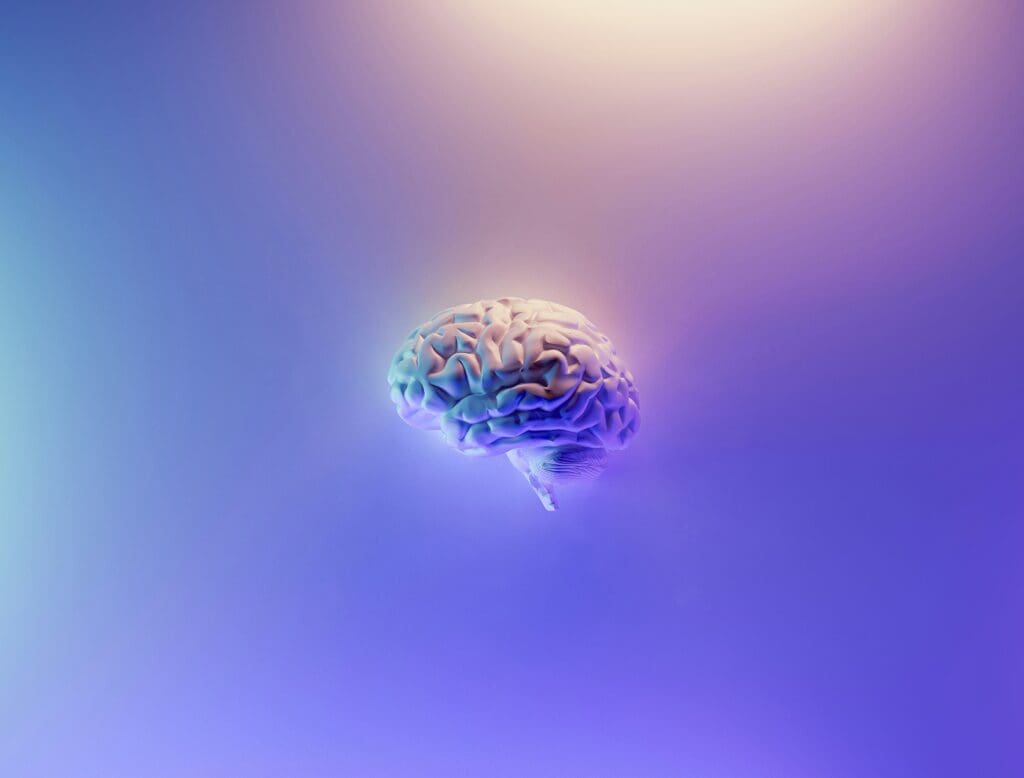
Recognizing the unique needs of each student is crucial in today’s diverse classrooms to ensure their effective collaboration. Every kid brings something different—a unique background or preferred way of soaking up information—which makes it vital for teachers to adopt methods that fit those differences nicely! That’s where differentiated instruction comes into play: customizing what happens in class so each learner gets what they need while staying engaged with the content!
By utilizing effective teaching strategies, teachers can create a more inclusive classroom experience that values each student’s contribution.
To nail down effective differentiation, it’s key for teachers to first assess who they’ve got sitting before them regularly—that means observing closely too! Using formative assessments (like quizzes) along with summative assessments could shed light on strengths or weaknesses alongside personal preferences when it comes to modes of learning. Take visual learners—they might shine through graphic organizers—but kinesthetic types may do much better getting hands-on experience through projects involving physical action around materials covered .
Moreover, successful implementation of effective teaching strategies can significantly improve student retention and comprehension.
Grouping kids based on readiness levels, interests, or specific traits brings differentiated approaches to life, allowing for the perfect amount of flexibility! For example, a teacher could whip out varying tasks within one session, assigning research work meant especially for advanced thinkers while giving extra help to others struggling slightly. Also throwing options regarding assignments lets pupils choose paths offering the most excitement, which boosts motivation substantially, leading back directly to the above-tied benefits !
Ultimately grasping those individual requirements via differentiation lays groundwork fostering inclusivity paired with effectiveness inside our classroom framework altogether. Through employing varied techniques tailored specifically to accommodate distinctive abilities showcased by ALL learners, we cultivate fairer environments, paving a smooth journey ahead full circle, promoting higher chances of achieving good grades over time across upcoming schooling periods guaranteed!.
Effective teaching strategies encourage active participation, making the learning process more enjoyable for students.
These effective teaching strategies help to create a culture of collaboration and support among peers.
Adopting effective teaching strategies can transform traditional lessons into engaging experiences that resonate with students.
Active Learning Techniques
Ultimately, effective teaching strategies lead to a positive classroom culture where students feel safe and valued.
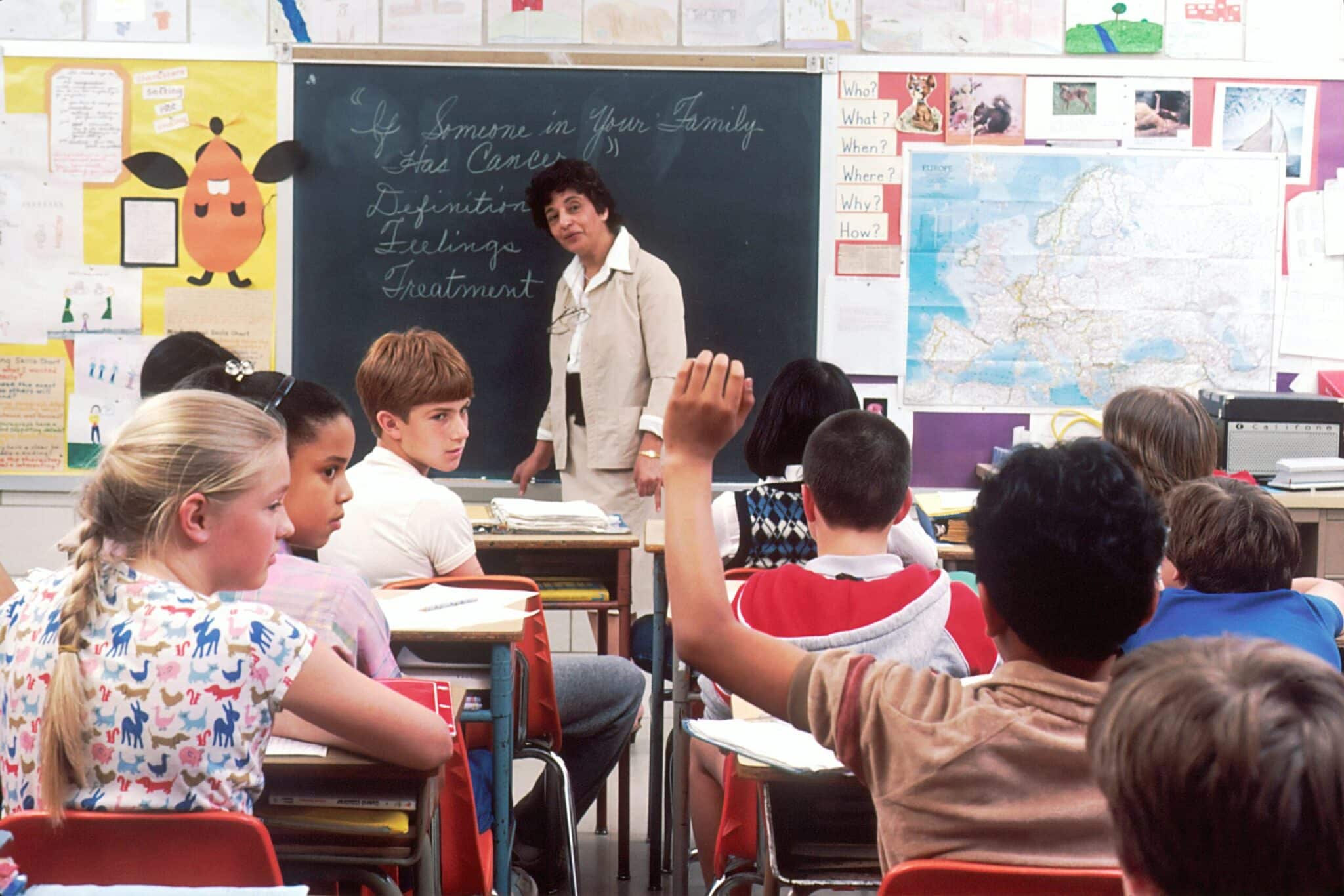
Active learning is all about getting students involved and engaged in their education. It’s a teaching method that highlights participation, making it easier for learners to remember what they’ve studied and creating a lively classroom vibe. There are plenty of effective teaching strategies for active learning out there, like group discussions, project-based learning, and hands-on activities.
In addition, effective teaching strategies can also empower students to take ownership of their learning journey.
Group discussions are one effective teaching strategy that really gets students talking and sharing their views, which helps them grasp the material on a deeper level. When they collaborate with classmates, not only do they express their thoughts better but also hear different perspectives. This back-and-forth conversation sharpens critical thinking skills since students often need to justify their opinions or think about other arguments.
By integrating technology with effective teaching strategies, educators can enhance student engagement and learning outcomes.
Project-based learning is another wonderful way to promote active engagement by diving into real-world challenges. Students tackle projects where they put theory into practice—this approach makes everything feel more relevant while helping them pick up essential skills like teamwork, problem-solving, and managing time effectively. As learners take charge of these projects, they’re likely to feel more connected to what they’re doing; this boosts both motivation and involvement.
Effective teaching strategies that leverage technology can provide unique opportunities for student collaboration and exploration.
Effective teaching strategies also enable educators to assess student understanding in real time, ensuring that lessons remain relevant and impactful.
Ultimately, effective teaching strategies help in cultivating a productive classroom environment that supports student success.
On top of that, hands-on activities let students learn through experience firsthand, whether by conducting experiments in science classes or working on creative arts projects. Engaging physically with materials turns abstract ideas into something tangible that’s much easier to understand. Seeing results from their efforts right away gives kids a sense of achievement that drives them further along in their studies.
Establishing effective teaching strategies ensures that classrooms are structured yet flexible to meet students’ evolving needs.
To sustain motivation, effective teaching strategies must be paired with clear communication and student involvement.
Bringing active learning techniques into play throughout the school year doesn’t just help academics—it also supports social and emotional growth for students too! By encouraging collaboration while promoting participation and critical thought processes, educators can build an enriching environment conducive to student success.
Incorporating Technology in the Classroom

Nowadays technology plays a giant role in improving how teachers teach—and how kids learn! Using digital tools can create interactive classrooms tailored for diverse needs among learners today. Tech has completely changed traditional teaching methods, allowing instructors new ways to connect with pupils, plus providing access to resources once hard to find .
By integrating effective teaching strategies into their practice, teachers can enhance their instructional techniques significantly.
Effective teaching strategies also include ongoing assessments that provide feedback and inform future lesson planning.
Incorporating effective teaching strategies encourages peer interactions that foster teamwork and community in the classroom.
Tools, such as smartboards, tablets, and educational software, have become staples in many schools. They make presenting information smoother while sparking greater participation from everyone involved! For instance, utilizing platforms like Google Classroom alongside fun apps (think Kahoot!) creates energetic settings that inspire participants to join conversations and work together seamlessly. With features offering instant feedback and quizzes designed to keep track of comprehension levels, students gain insight regarding areas needing improvement, thus enhancing overall outcomes .
Plus, tech integration encourages differentiated instruction, enabling educators to customize lessons to fit varied styles easily using video tutorials, podcasts, online simulations, etc., accommodating visual, auditory, and kinesthetic learners alike, perfectly catering to those who might require additional assistance and stimulation.
Engaging students using effective teaching strategies significantly enhances their motivation and overall classroom participation.
Research backs up claims surrounding benefits stemming from the use of modern technologies, showing clear connections between interest and boosted academic performance! When kids use gadgets to explore complex topics and collaborate with peers worldwide, they’ll hone crucial analytical abilities needed to thrive in future endeavors! So embracing technology isn’t just anymore—it’s vital to reengaging in rich educational experiences !
Creating a Productive Classroom Environment
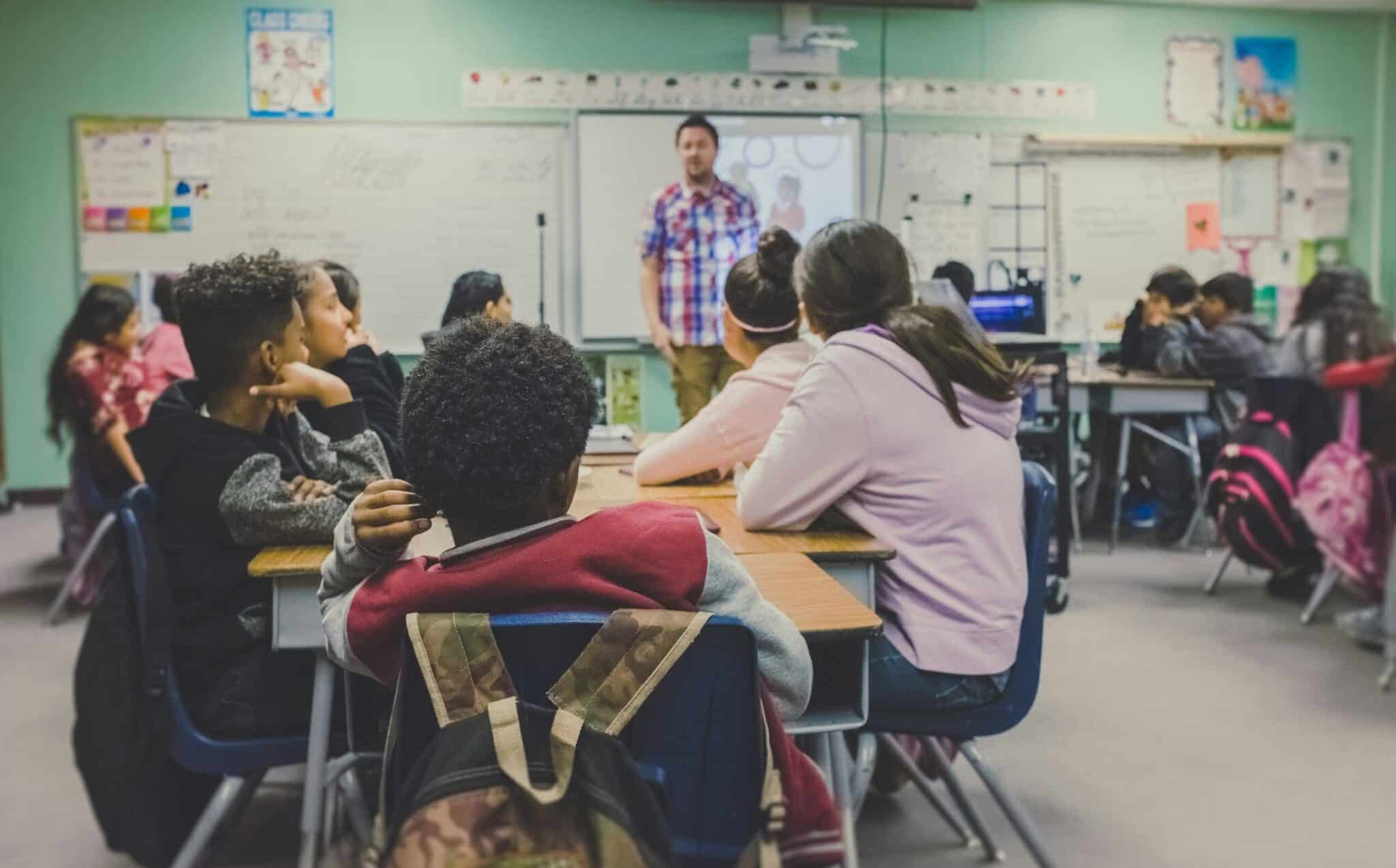
Teachers employing effective teaching strategies can facilitate social-emotional learning alongside academic progress.
Setting up a positive vibe in the classroom is vital for effective teaching. A well-organized space boosts the learning experience and plays a big role in getting students motivated and engaged. To make this happen, teachers should work on laying down clear rules and routines that encourage respect and support among everyone. These guidelines are crucial for making sure students can succeed both academically and socially.
In summary, effective teaching strategies are vital in shaping educational experiences that promote student growth and achievement.
By focusing on effective teaching strategies, educators can create a resilient and cohesive learning environment.
First off, it’s key to come together with students to create those classroom rules. When they’re involved in this process, it gives them ownership and makes them more accountable, which helps everyone stick to what’s been agreed upon. It’s vital to communicate expectations clearly all the time so that students grasp why keeping things respectful matters. For instance, highlighting how important active listening and mutual respect are can turn your class into an environment where every student feels valued. Plus, establishing daily greetings or smooth transition steps when moving from one activity to another really cuts down on stressors like confusion during assignment submissions.
Alongside these rules and routines, building a culture of respect is essential too! Teachers leading by example—showing how to resolve conflicts healthily or express feelings constructively—can go a long way here. Setting up peer mentorship programs or group activities also encourages relationship-building between classmates while paving the path for collaborative learning moments; helping kids feel safe reduces potential behavior issues since they have each other as part of their support system.
A well-managed classroom lets teachers focus more on teaching instead of dealing with discipline problems—which ultimately leads to better academic results overall! When students know they’re secure and respected within their space, they’re much more likely to actually engage with lessons and actively participate in discussions ! In short, crafting that productive atmosphere lays the groundwork for an awesome school year ahead where both educators AND learners reach new heights!
Continuous professional development in effective teaching strategies helps educators adapt to changing classroom dynamics.
Formative Assessment Strategies

Formative assessments are super crucial throughout education—they’re basically tools used by teachers to check if students get what’s being taught along the way rather than just at exam time (like summative assessments). They help provide ongoing feedback about progress during learning journeys themselves! By trying out different formative assessment methods regularly, educators gain real-time insights that’ll inform their instructional choices while helping pupils spot areas needing improvement!
Quizzes? They’re probably one of THE most common ways we see formative assessments pop up across classrooms today—and honestly—they don’t have to be lengthy either; even quick informal quizzes do wonders providing snapshots regarding understanding specific topics quickly enough without taking TOO much class time away from actual instruction itself ;)! This allows instructors to pinpoint concepts requiring clarification, enabling lesson plans tailored accordingly based on our findings after analyzing quiz results… ensuring ALL learners stay ON track towards success collectively!!
Another solid method worth exploring would definitely include peer assessment processes whereby kiddos evaluate EACH OTHER, creating chances to foster collaboration & critical thinking skills amongst peers through constructive critiques given back and forth!! Engaging deeply alongside materials prompts deeper analysis plus awareness over personal strengths/weaknesses, benefiting everyone’s growth journey altogether…
And let’s not forget reflective journals —these gems allow regular reflection opportunities around individual experiences, encouraging metacognitive practices and empowering youngsters to think critically concerning their developments/issues encountered! Through writing reflections articulating understandings, strategies utilized, difficulties faced, etc., rich insights emerge, granting valuable perspectives informing adjustments needed to be made – ultimately enhancing effectiveness, catering diverse learner needs fine-tuned, and , directly responding to engagement trends spotted in their learning process Teachers can see trends of student engagement and adjust their learning better to students.
Building Student Motivation and Engagement

Intrinsic motivation plays an integral role in pulling students to success in the learning atmosphere. To build intrinsic motivation, teachers should present students with choices where they engage themselves in the learning process. By providing students with several choices entailing assignments or subject choices on projects, instructors can involve students themselves and make them feel more accountable and in control. This choice-based system of learning not only generates interest but also creates a sense of personal ownership of their learning process.
The second essential ingredient for maintaining motivation is the degree to which the given material and tasks relate to students. If students can see an immediate connection between in-class activities and real-life applications, engagement levels go way up. That is why real-world applications used in class can provide context that resonates with students and enables them to comprehend the relevance of the skills that are being established. Connecting lessons to everyday life provides a better understanding of concepts, which subsequently boosts the learning process even more.
Having clear expectations is vital to maintaining student motivation. Teachers must have realistic expectations and convey them well, which may serve as a beacon to students as they pursue their studies. Moreover, celebrating achievements, however minute or monumental, fosters a peaceful learning environment and encourages students to keep working hard. Recognition of efforts imparts the importance of effort and persistence, which results in a culture of excellence within the learning environment.
Ultimately, utilizing these strategies to establish student motivation—via empowering choice, clarifying relevance, and communicating expectations—can go far to add to overall participation. By establishing a classroom culture that encourages these elements, instructors can create a more engaged and deeply motivated student body, poised to thrive throughout the school year.
Supporting Social-Emotional Learning
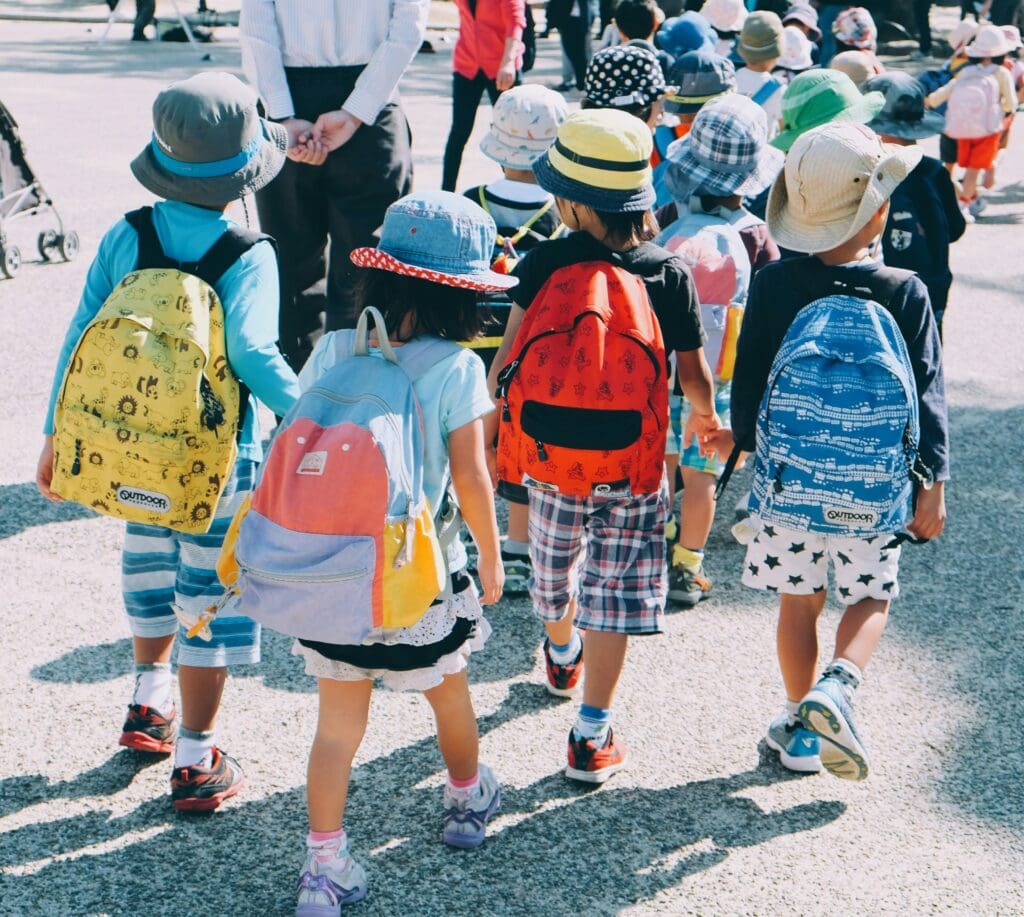
Social-emotional learning (SEL) is increasingly recognized as an essential ingredient for an effective learning experience. It entails the processes through which students acquire the skills to manage their own emotions, develop healthy relationships, and make good decision-making. Teachers play a significant role in developing SEL in the classroom, creating an environment that is centered on empathy, resilience, and emotional regulation. To achieve the aim of developing this, teachers can incorporate various activities and strategies that are centered on building students’ social-emotional skills.
One good means to cultivate SEL in the classroom is through structured collaborative learning. Collaborative learning not only enriches cooperation and communication skill-building but also increases the students’ sense of belonging. For instance, group assignments that require students to work together toward a common goal facilitate ease in building empathy as they get accustomed to respecting varied opinions and experiences. Additionally, incorporating regular opportunities for shared reflection, such as class discussions or written reflection, can encourage students to articulate their thoughts and feelings, further increasing their emotional intelligence.
Above all, instructors need to prioritize mental health awareness within their curricula. Teachers can create discussions on mental well-being, stress reduction techniques, and the importance of getting help when needed. Providing access and support for mental health can allow students to recognize and react to their emotional challenges, resulting in resilience. Healthy teacher-student relationships also play a large role in SEL; a supportive and trusting environment allows students to feel safe, share feelings, and seek assistance when necessary.
Teachers can embrace systematic methods towards bringing about social-emotional learning, thus enabling students to learn essential life skills that not only assist them in performing well academically but also allow them to cope with the complexities of life.
Continuous Professional Development for Educators
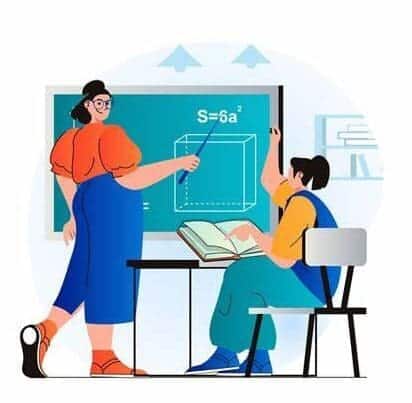
In the dynamic field of education, continuous professional development is crucial for teachers wanting to enhance their teaching ability as well as keep up with innovative research and procedures. With continuous professional development, teachers not only can sharpen their teaching techniques, but they are also in a better position to serve the varying needs of their students. Through various routes come such professional developments, e.g., workshops, conferences, and learning communities.
Workshops are typically intended to address some problems of pedagogy and can also serve as a forum where teachers have the opportunity to explore alternative approaches. Workshops are where teachers are encouraged to experiment with new concepts, thereby fostering a culture of experiential education. Attending educational conferences also exposes the teachers to alternative views while offering them the opportunity to interact with other teachers and experts, allowing for the sharing of best effective teaching strategies. Attending such professional conferences helps teachers keep abreast of what is going on now, thereby being equipped to deal with the dynamics of a changing classroom.
At a localized level, collaborative learning communities provide a supportive system where teachers may share experience and strategies with one another. e communities create an environment of sustained learning, and teachers are encouraged to share, openly, the challenges and collaborate on solutions. Collaborative learning on lesson plans and instructional designs not only enhances individual teaching effectiveness but also drives a collective movement in effective teaching strategies and student performances.
In brief, teachers need continuous professional development. By actively participating in workshops, conferences, and collaborative networks, teachers are able to continuously enhance their skills and knowledge. This commitment to lifelong learning ultimately allows teachers to implement effective teaching strategies that positively affect student performance and establish a healthy learning environment.


